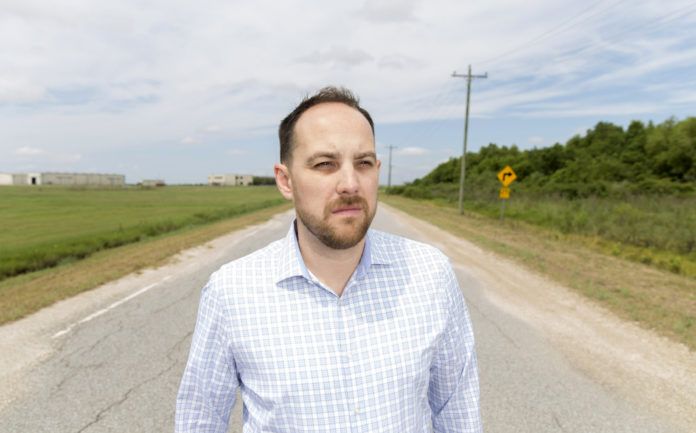No one could have predicted that a trade war would ensue between the U.S. and LNG’s biggest customer. But Jason French, vice president of government and public affairs at Houston-based Tellurian Inc., notes the industry can’t afford to take a short-term outlook, given that demand is expected to far outweigh supply by 2025.
French addressed the changing LNG landscape as a participant on one of dozens of panels last week at LAGCOE in New Orleans. Tellurian is the owner of Driftwood LNG, expected to break ground on the west bank of the Calcasieu River later this year. “Those who take a short-term outlook at pricing say we probably don’t need additional capacity,” French says. “However, we have to think long-term. Simply getting an LNG project permit can take two to three years. When you consider the commercialization and financing of that project, the lead time grows even more.”
Despite more than 100 million tons of global LNG capacity coming on line in the last two years, he predicts there will be a shortfall in supply by 2025. “There’s going to be a global call for LNG to meet that demand,” French adds. “We have to start building LNG facilities now and our customers realize that.”
French acknowledges that there are some concerning short-term factors. “Obviously, the market is more difficult today than it was when Cheniere developed their Sabine Pass facility,” he says. “There have been intervening factors that that could not have been foreseen. A trade war with China, the single largest importer of natural gas in the world, certainly affects that country’s take on gas. But while there are some headwinds, the long-term story for LNG, both in Louisiana and the U.S. Gulf coast, is a strong one.”
Once constructed, Driftwood LNG will consist of a 27.6 million ton per annum LNG terminal and 154.5 km of feed gas pipeline. The U.S. Federal Energy Regulatory Commission, or FERC, granted authorization to build and operate the LNG facility, along with the pipeline, in April 2019.
Panel member Robert Powers, chief operating officer of Commonwealth LNG, says his company is taking a more low-cost approach to construction, as it was a late entry to the “second wave” of LNG. In September, FERC accepted Commonwealth’s filing application for a 1.4 million tons per annum plant in Cameron Parish. “We feel like we’re leading the effort through our low-cost, modular approach to construction,” Powers says. “We are planning to build much of the plant in large modules at Morgan City and float them in ships and barges to their foundations.
“We embrace the challenge of being the low-cost provider,” he adds. “We are totally focused on reducing capital expenditures and that means getting the work hours off the site.” Commonwealth is also designing a somewhat smaller plant to increase the number of engineer/contractors that can compete for the project. It will also enable the company to provide tailored opportunities for niche customers.
Of course, they didn’t want a site that was too small either. “This is actually a very, very sweet spot,” Powers says.
Over three days, more than 60 industry experts presented their take on the most critical issues facing oil and gas. The LAGCOE event drew 17,000 attendees from 49 states and 40 countries, and serves a platform for the industry’s innovators to present cutting-edge technologies, equipment and services for both onshore and offshore markets.



